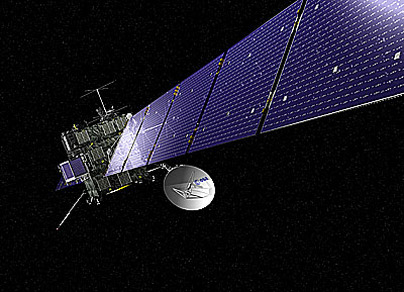 Rosetta - ESA's historic comet-chasing mission.
Rosetta - ESA's historic comet-chasing mission. Beyond this encounter, Rosetta’s orbit took the spacecraft to a maximum distance from the Sun of about 800 million km (5.3 AU), beyond the orbit of Jupiter. As mentioned in Part 1, the primary electrical power onboard is produced by solar arrays, which
convert solar energy into electricity.
However, as Rosetta moved further away from the Sun, the amount of power the arrays produced dropped off.
The rate at which this happens is driven by something called an ‘inverse square law’, but there is also a factor governed by temperature – the arrays’ efficiency increases as temperature decreases. For an explanation of the factors which govern the conversion of solar energy into electrical power see pages 179-183 of the book How Spacecraft Fly. Cutting a long story short, and doing a simple calculation (taking account of the inverse square law, but not of the temperature effects), shows that if the Rosetta arrays can produce 840 W of electrical power at a distance from the Sun of 3.2 AU (see Part 1), then at maximum distance the power level drops to about 300 W. Given that the spacecraft needs at least a total of about 400 W to maintain full operation, there is a requirement to introduce a new operational mode (referred to as ‘hibernation’) in which power consumption is severely reduced. Consequently, in June 2011 the mission operators began a process of putting Rosetta into a state of deep-space hibernation for 2 ½ years until 2014, when the spacecraft would again be close enough to the Sun to sustain full operation.
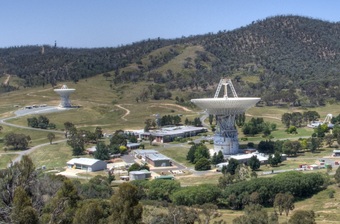 NASA's Deep Space Antenna at Canberra, Australia.
NASA's Deep Space Antenna at Canberra, Australia. presented to the Sun during the period of hibernation. Consequently, solar power, albeit at a reduced level, could be guaranteed during hibernation. Following on from this, all electrical payloads and subsystems were progressively shut down, with the exception of the onboard computer (OBC) and the crucial heater components of the thermal control subsystem.
The onboard computer’s operation was required so a wake-up alarm could be set, and so that the process of bringing the spacecraft back to normal operation could be achieved at the end of the hibernation period. The heater systems were also controlled autonomously by the OBC to ensure critical spacecraft elements were maintained within acceptable temperature limits – for example, the OBC itself and the liquid propellant tanks and fuel lines (to prevent them from freezing). During the 2 ½ years of hibernation, the power level steadily dropped as distance from the Sun increased. Then after aphelion (maximum distance from the Sun), this power trend was reversed until Rosetta was about 670 million km from the Sun when there was once again enough solar energy to power the whole spacecraft.
 News of Rosetta's survival was greeted with some relief at ESOC.
News of Rosetta's survival was greeted with some relief at ESOC. At wake up, Rosetta still had 9 million km to go to reach Comet 67P/Churnyumov-Gerasimenko, giving operators a few months to check out the spacecraft and its payload instruments. Rosetta’s first images of the comet are expected in May 2014 from a distance of about 2 million km. At the end of May, a major course correction manoeuvre will be executed to initiate rendezvous with the target in August. Release of the lander is scheduled for November 2014. Watch this space, for Part 4 of this mission review in which we’ll be looking ahead at the rendezvous, orbit and landing phases of the mission.
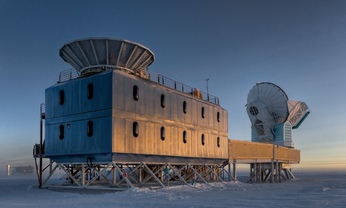
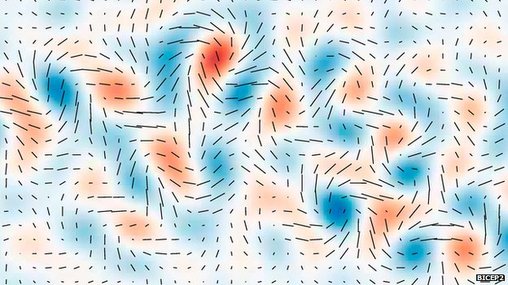
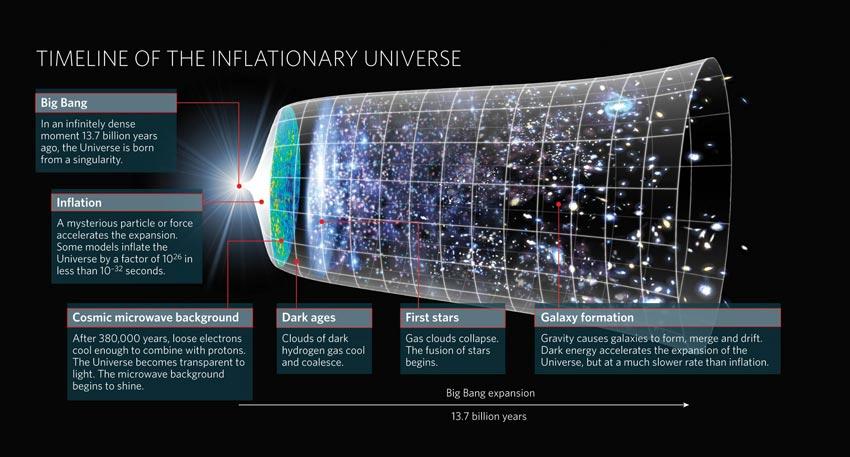
 RSS Feed
RSS Feed
